Jun 03, 2025
Author:Sam Wonder

Obesity in pets is rising across the United States, and cats are no exception. Extra pounds may look cute, yet they shorten life, strain joints, and push organs to work harder. Helping a cat shed extra weight is not about vanity; it is about protecting health and saving on future vet bills. This in-depth guide walks you through every part of a safe cat weight loss journey, from spotting the first warning signs to keeping the weight off for good. You will learn why cats gain weight, how to set realistic goals, and which daily habits make the greatest impact.
To manage weight, you first need to understand what 'healthy' means for your pet. Breed, age, and frame size matter, but most adult house cats fall between 8 and 12 pounds. Instead of chasing one perfect number, many vets use a Body Condition Score (BCS) that ranges from 1 (too thin) to 9 (severely overweight).
A cat at an ideal score of 5 has ribs you can feel but not see, a visible waist from above, and a slight tummy tuck from the side. Check your cat against the standard growth chart by age and weight and ask your veterinarian to confirm the score. A clear starting point sets the tone for an effective cat weight loss plan.
Weight gain in cats often follows three simple patterns: more calories, fewer calories burned, or a health condition that slows energy use. Free feeding an open bowl of dry food lets a cat graze all day and rarely promotes portion control. High-calorie treats—even tiny ones—add up fast.
Indoor cats may nap up to 16 hours per day and often move less than needed. Hormonal changes after spay or neuter can trim daily calorie needs, and certain illnesses, like hypothyroidism or arthritis, may reduce activity. Reviewing these factors with your vet rules out hidden medical problems before you start a focused program.
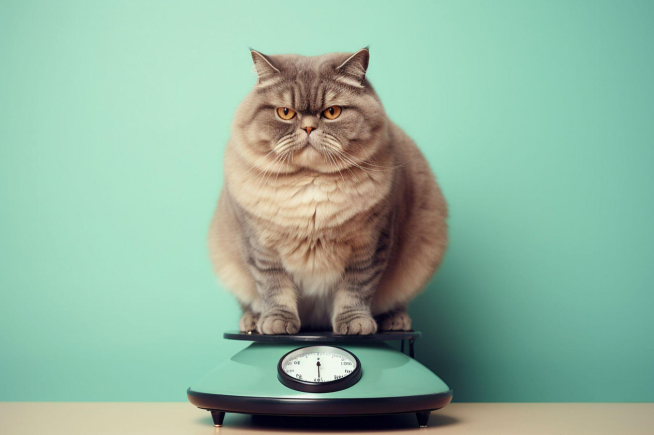
Carrying surplus fat stresses nearly every body system. Heavy cats face a higher risk of Type 2 diabetes, painful arthritis, and liver disease called hepatic lipidosis. Extra mass also crowds the lungs, which may worsen asthma-like attacks and reduce stamina during play.
Urinary tract infections occur more often because overweight cats groom less and drink less water. Long-term studies show that a moderate drop in body fat can add two or more quality years to a cat’s life. The stakes are clear: cat weight loss is preventive medicine in action.
Schedule a complete physical exam and baseline lab tests. Blood work confirms thyroid levels, checks glucose control, and looks for early organ changes. Weigh your cat at the clinic on a precise scale and record the number.
Take side and top photos for a visual log. Agree on a target: most vets aim for 1 percent of body weight lost per week. A cat weighing 14 pounds should lose no more than 2.5 ounces weekly. Safe speed prevents nutrient shortages and avoids the dangerous fat-mobilization crisis that can damage the liver if weight drops too fast.
A strict diet starts with measured meals. First, find your cat’s new daily calorie goal. Many vets multiply the cat’s target weight (pounds) by 13–15 to estimate maintenance calories, then cut that total by 15 percent for slow loss. Split the daily allowance into two to four set feedings.
Using a timed dispenser removes guesswork and ends pre-dawn wake-up cries for food. Wet diets with high protein and moderate fat help cats feel full with fewer calories. Check labels; aim for at least 40 percent protein and under 12 percent fat on a dry-matter basis.
If you choose dry food, pick small kibble pieces and use food puzzles to slow eating. Fresh water must always be nearby; a fountain versus a plain bowl often boosts intake and supports kidneys during cat weight loss.
Technology keeps weight programs on track even when you work late. Programmable feeders drop exact portions at set times, ending constant begging and cutting stealth snacking.
Read the complete guide to portion-control devices to compare features like Wi-Fi s, battery backups, and stainless-steel bowls. Smart feeders can sync with an app, letting you check meal logs from anywhere and adjust grams with a tap if progress stalls.
Pairing a feeder with a filtered water fountain also encourages hydration, which often slips during reduced-calorie plans. Small upgrades like these support consistent, measured feeding—the backbone of cat weight loss.
Exercise burns calories and preserves lean muscle. Indoor cats thrive on short, intense bursts of play two or three times a day. Try feather wands, laser points on the wall, or battery-powered chase toys. Rotating toys keeps interest high; explore this list of high-value cat toys for new ideas. Climbing scratch posts and wall-mounted shelves add vertical steps that mimic natural hunting climbs.
Hide a small portion of the day’s kibble in multiple stations to spark searching instincts. A smart feeder paired with a fountain can even trigger a short play before dispensing food. Ten cumulative minutes of active chase per day may trim up to 50 calories, accelerating cat weight loss without stressing joints.
Thirst and hunger signals can overlap in felines. Ensuring constant clean water helps reduce empty stomach cues that look like begging. Running water entices many pets; learn simple fountain care steps to keep pumps clean and filters fresh. Senior cats often drink less, so owners of aging felines should review tips to keep older cats hydrated.
Moisture-rich canned food, ice cubes flavored with tuna water, and adding small splashes of broth to regular meals also raise water intake. Good hydration supports kidney function, helps fiber move smoothly through the gut, and may curb snack cravings—all allies in successful cat weight loss programs.
If one cat needs to slim down while another is already lean, separate feeding areas. Microchip-activated bowls open only for the right pet and block sneaky bites. Wall shelves or tall counters can hold dishes for agile cats while the heavy cat eats on the floor.
Review these safety tips on keeping cats from eating each other’s food to maintain fairness. Scheduled feedings, rather than free grazing, remain critical. Monitor each cat’s progress with weekly weigh-ins, and do not let the healthy sibling drop too much weight while chasing the chunky cat’s plan.
These tweaks keep momentum strong and prevent owners from giving up when the first excitement fades. Staying proactive ensures steady cat weight loss over months rather than quick but risky crashes.
● Begging at night: Set the last meal one hour before lights out. Use an automatic feeder to give a tiny snack at 3 a.m. to break early wake-ups without adding many calories.
● Plateau after four weeks: Re-weigh food with a digital gram scale; packaging scoops are often imprecise. Reduce treats to no more than 10 percent of daily calories.
● Refusal to eat diet food: Mix 25 percent new food with 75 percent old for three days, then go to 50/50. Slow transitions protect the gut and build acceptance.
● Lack of motivation to exercise: Try scheduled play before meals so hunger heightens interest in the toy. Place a pet camera feeder to release a few kibbles only after the cat completes a short chase.
Reaching the target number is only half the battle; keeping it stable protects long-term health gains. Increase daily calories by about 10 percent once a stable weight is held for two weeks, then watch closely. Continue weighing every two weeks and log the result. Keep active play as a ritual, not a temporary task.
Replace high-fat treats with freeze-dried lean meat or a sprinkle of catnip. Annual vet visits stay vital, but consider mid-year nurse appointments for a quick weight check. This ongoing vigilance makes sure the hard-won benefits of cat weight loss last through adulthood and into senior years.
Excess weight is one of the few health problems owners can fix at home with daily choices. A clear goal, careful portions, regular play, and strong hydration form the pillars of effective cat weight loss. Technology, from simple timed bowls to app-controlled feeders, adds precision and frees your schedule.
Partner with your veterinarian, track progress weekly, and celebrate every small step forward. Long after the final pound has melted away, the habits you build today will keep your cat agile, bright-eyed, and ready to share many more years of happy life.
Label:
Popular Post
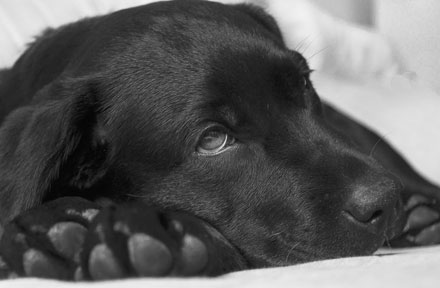
What to Feed a Sick Dog With No Appetite? [2025 Guide]
May 16, 2023
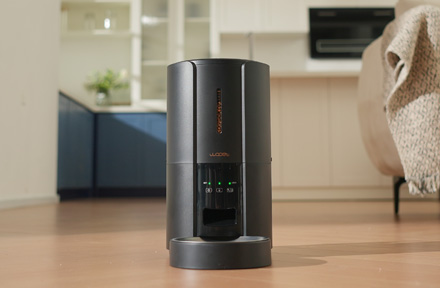
Troubleshooting Common Issues with Automatic Pet Feeders: Tips & Tricks for Pet Owners
Oct 26, 2023
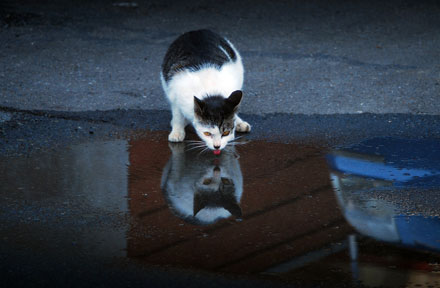
Why Does My Cat Cough After Drinking Water? 8 Potential Reasons
Mar 13, 2023
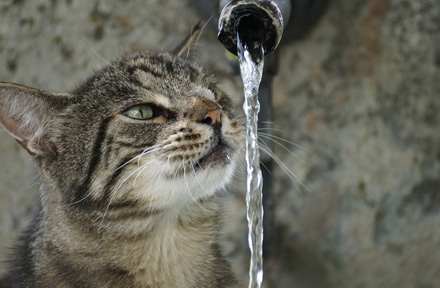
Why is My Cat Throwing up Water? Top 5 Causes Here
Feb 08, 2023
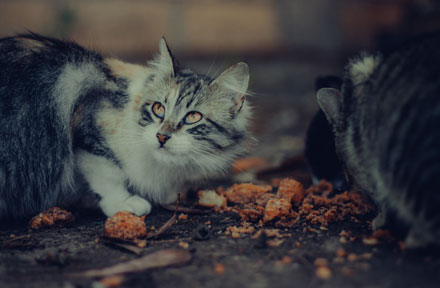
My Cat Only Eats A Little at A Time - What to Do?
Feb 27, 2023
$99.99
$129.99
Copyright © 2025 WOPET. All Rights Reserved.